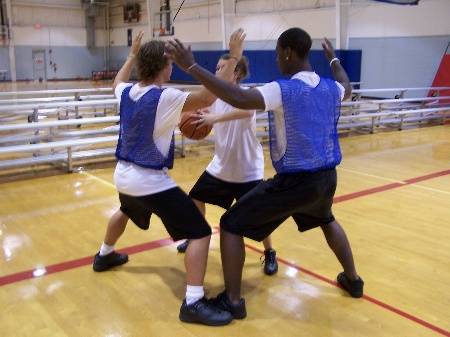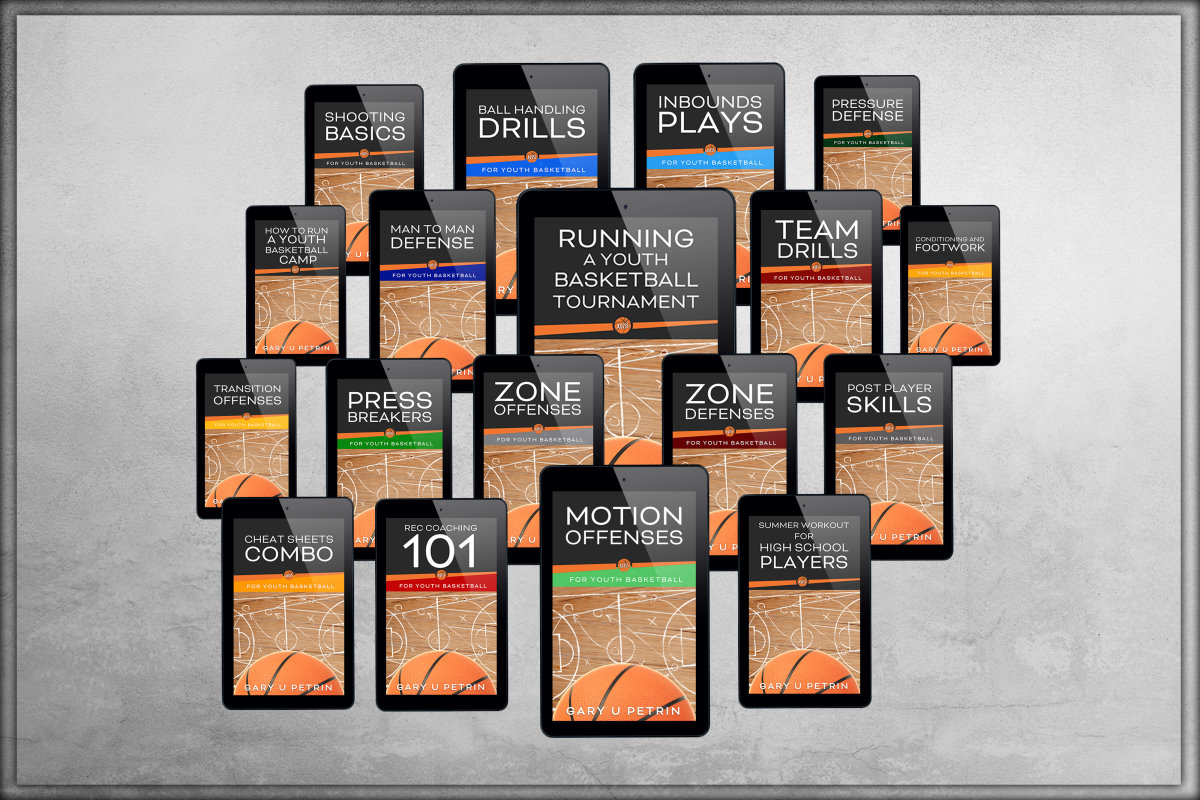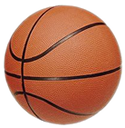Turnover in Basketball
If there is one thing in youth basketball that can attribute to the win / loss column more than anything it has to be Turnovers. It’s simple, if your team has 20+ turnovers in a game, there’s a good chance you may not win the game (or not win by much). So if you have upwards of 30+ turnovers it is very unlikely that you will win the game. On the other hand if your team has less than 12-15 turnovers per game, you still may not win the game, but your chances of winning would increase. Individual basketball skills such as ball handling, passing, catching, quickness, and proper movement (such as coming to the ball for the pass) – are all good basketball skills that assist with keeping the Turnover in Basketball to a minimum.
Turnovers Defined
A turnover in basketball is basically when a player from one team gives up possession of the basketball to the other team by some act of losing the ball. This can result from a variety of things such as poor dribbling, poor passing, poor catching, poor positioning, poor court vision, poor decision making, etc. The turnover in basketball is a measure of poor offensive execution and / or great defense.
There are coaches that say that the referee lost the game for us, or that they lost because they missed too many easy lay-ups, or too many missed free throws. Did these things actually help affect the outcome of the game, YES (except for the referee part), but I can tell you that turnovers are present each and every game and turnovers in youth basketball will be a major factor with winning or losing. You can make the easy lay-ups and all your free throws, but if you still have too many turnovers, the chances of winning are less and less.The main problem with turnovers is the fact that when your team turns the ball over – you now lost the opportunity to score points and have given the other team the opportunity to score points. The turnover in basketball most always turn into potential scoring opportunities for your opponent.
How many turnovers does your team average per game?
The turnover in basketball games are very costly, and can frustrate coaches and players alike. Does your team average 5, 10, 12, or 20-25 turnovers per game? Turnovers can actually relate to lost points. How? I read an article a very long time ago that came up with a ratio of “lost points and turnovers.” From what I remember, it was based on 35% – 40% shooting, and the formulas went something like this…
5 – 9 Turnovers = 4 – 8 points lost per game
10 – 14 Turnovers = 8 – 16 points lost per game
15 – 19 Turnovers = 12 – 22 points lost per game
20 – 24 Turnovers = 16 – 26 points lost per game
25 – 30+ Turnovers = 20 – 28 points lost per game
As you can see, the turnover in basketball gives crucial possessions to your opponent which in turn relates to points lost for your team. Your players need to see the chart above (at least read it to them) so they can clearly understand how turnovers can affect the outcome of the game.
Types of Turnovers
Forced Turnovers occur when a defender steals the ball or causes a bad pass, traps a player causing the player to make a poor decision, etc. Basically turnovers that are caused by the other team playing good defense.
Unforced Turnovers occur when an offensive player makes a bad pass (throws the ball over a teammates head, or hits a teammate in the foot with a pass, etc), bounces the ball off their foot, moving screens, stepping out of bounds, throws soft passes (easy to pick off), not catching the ball, offensive fouls, traveling, double dribbling, etc.
One aspect of an unforced turnover in basketball that should be considered is the player that is about to receive a pass from a teammate – and doesn’t step to the ball to catch the pass. The pass can be a good one, but if the player that is about to catch the ball just stands there waiting to receive the pass without stepping towards the ball, there is a good chance the defense will be able to step in front of them and pick off the pass (this is usually blamed on the passer as a bad pass). As a coach, you must be able to correct this with drills (at least point it out to players with demonstrations, etc).
Coaches Responsibility – Notes
It is every coach’s responsibility to ensure that his / her players fully understand the impact that turnovers have on each game. Keeping stats each and every game is a very important tool in fixing the problem areas. It is imperative that you keep stats and track turnovers. With every team I coach, I personally reviewed what a turnover is, and how they can attribute with winning or losing the game. I demonstrated types of the turnover in basketball and how to avoid them (such as staying out of traps, don’t pick up the dribble, etc). I also discussed turnovers with each player after our games, but also came up with a plan on how the player can work to fix problem areas.You must not forget that most turnovers come from making “mental” mistakes.
Younger players are going to make lots of mental mistakes, and there may be no cure for this until they get some more experience. The rest of the turnovers will most likely come from lack of skill in a particular area. So if a young player keeps making the same mistake over and over, it needs to be dealt with in positive manner.
Example:
Problem: A young player keeps dribbling to the right, and eventually dribbles into a trap, and ends up losing the ball.
Solution: It is very obvious that this player favors their right hand when dribbling, and pretty much can’t dribble with their left hand (or just lacks the confidence to dribble with their left hand).
1. Take the player out of the game and let them know the reason why they turned the ball over.
2. After the game discuss with this player a plan to develop their left hand dribbling, and make time in practice to work on left hand ball handling drills.
3. Do your best to remove this player from the situation. Move them to a spot where they won’t have to dribble as much with their left hand, etc.
Keep in mind that it takes a lot of time and hard work for a player to develop ball handling skills with their left hand (opposite or weakest dribbling hand), and it will not happen overnight. So the best you can do for now is to put players in positions where they are less likely to turn the ball over (at least until you see progress in their skill development). Otherwise, if you do nothing to help fix the problems, don’t expect things to improve.
How to Fix the Turnover Problem
First, you must understand that all players will make mistakes, it is a given. You will not be able to get to “zero” turnovers in a game – that is pretty much an impossible task. What you can do is to fix the turnover problem to a minimum. That could mean going from 30+ turnovers per game to 20+ turnovers per game or 20+ turnovers a game to 12-15 turnovers per game (or less?).
Turnover Prevention / Teaching Points:
1. Post Play: Post players should keep the ball up high, above their head. One of the most irritating things with post play is when a post player lowers the ball down below their chest / waste area and a smaller guard runs over and steals the ball (or ties it up). A post player simply keeping the ball up high in traffic can fix this turnover problem area.
2. Pressure Defense: If the defense is pressing, get your best ball handlers in the game. I’ve seen it many times, a team starts to press another team, the coach doesn’t make any adjustments, and the game is over. All because the coach had only one ball handler in the game and left players in the game that had trouble catching the ball. Don’t be afraid to make changes when the time comes…
3. Step to the Ball: Teach your players to “Step” to the ball anytime they are to receive a pass. This is not a very hard skill to learn, but rather a harder skill to remember to do in the game. It’s simple, players must step to the ball to receive the pass every single time, or give the defense a chance to steal the pass.
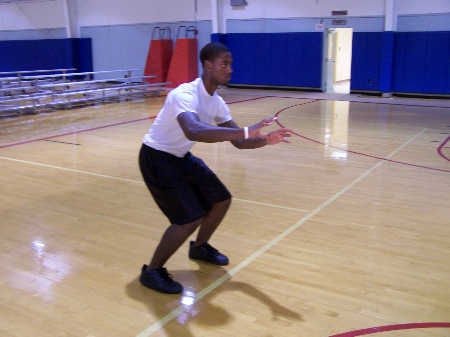
Accurate Passing
4. Pass the ball hard (and accurate): All players should pass the ball “hard” and “accurate” all the time. Soft passes are easy steals for the defense. Nothing good comes from passing the ball soft. Teach your players to pass the ball as hard (and accurately) as they can – every pass they make! Even if it’s a poor pass, most of the time, especially if the ball is passed very hard, the ball will be tipped out of bounds (instead of stolen).
5. Traps / Trapping Areas: Teach your players to stay away from the areas of the court that the defense wants to execute their traps in. Nothing good can come out of a player just being steered into a trap. As long as the player recognizes that there are places on the court they need to stay away from – then the coach has done their job.
This is where good ball handling skills can help
6. Poor Court Vision: This is a major contributor to a teams total turnovers, and derives mostly from poor ball handling skills. A player must “see the floor” in order to find open players, open lanes, etc. If not, only bad things can happen. If a player has to look at the ball while they are dribbling it, then they can’t see what’s happening on the court. Usually it is the “norm” to have at least one player that has very good court vision – the Point Guard, but my theory is that the more players you have with good court vision – the better. The main way to fix this problem is to work on your team’s ball handling skills.
Ball handling skills take a long time and lots of hard work to develop. Keep this in mind and have a little patience (especially with the younger players). Using “dribbling glasses” will help speed up the process a little.
7. Focus / Mental Toughness: Younger players can stay focused on one “bad thing” that they did in the game, and it can affect the rest of their game if it’s not handled correctly. As the coach you need to settle down your players and let them know it’s ok to make mistakes as long as they are working hard to correct them (but also take them out of the game when necessary). If your best player has lost their focus, pull them out of the game because they are “useless” to the team at that point. Give them a short breather, assure them its ok, and get them back in the game quickly (but don’t leave them in to make mistake after mistake – the turnovers will come quickly).
Coaches must place a large emphasis with protecting the ball while on offense, and working hard to force turnovers on defense!
If you are serious about ensuring your team will be successful, you will have to work on Turnover Prevention at practice. This is one of the many important subjects that are neglected in practices. If a coach does nothing to fix the turnover problems within the team, then it will remain the same. Make this part of your practice plan! If not, you will have to take whatever comes your way, and it may not be pretty.
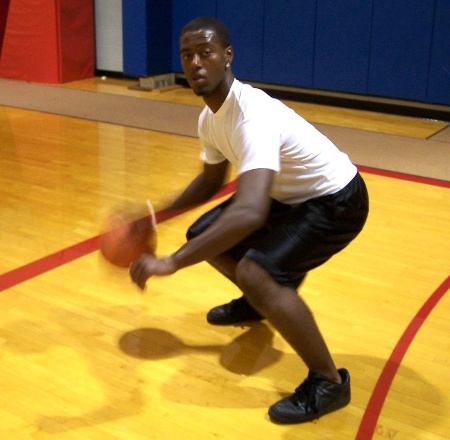
Stats – How Important are they?
Statistics will show a correlation between turnovers in youth basketball and wins / losses. It’s simple, the team that turns the ball over less in the game gives themselves a better chance to win.Use statistics as a tool to find out which player is committing the most turnovers. It’s ok to discuss turnovers with your players, and it’s ok to discuss turnovers with individual players – how else can you fix the problem areas. Turnovers are a team problem, hiding it does not help anything. I’m not saying that you announce how many turnovers each player had in front of the whole team, but players do need to know (pull a player to the side and show them their stats – stats don’t lie) – so they can start working on fixing the problem.
Here are several forms that you can use to track stats with.
Individual Stats Form – Handout
We have a whole menu page on this website that covers Statistics! Check it out…
Conclusion
When it comes to turnovers in youth basketball there are players that are just plain and simply “prone” to turnovers – due to making mental mistakes, lack of skill, and poor court vision. Point Guards handle the ball about 90% of the team’s possessions so they will obviously have more turnovers than other players (shooting guards, forwards, and centers). They dribble and pass more than the other players on the team so there are more chances for turnovers at this position. Point guards are “judged” on assists and turnovers and not necessarily how many points they score. So just because a player turns the ball over a lot doesn’t mean they are a “bad” player.
If you take a look at some of a few famous NBA players that received MVP awards, some actually led the league in turnovers. Karl Malone and Allen Iverson both led the league in turnovers (many times). In fact, I believe Karl Malone is the all time NBA turnover in basketball leader. I know we are talking about the NBA here, but it does make a good point. Even with all those turnovers, these players excelled to greatness, and are considered to be some of the “greatest” players to ever play the game.
Turnovers in Youth Basketball – PDF file of this Webpage – Handout
Check out our New Downloads Now!
Check out our database of video clips – Example Defensive Drill
